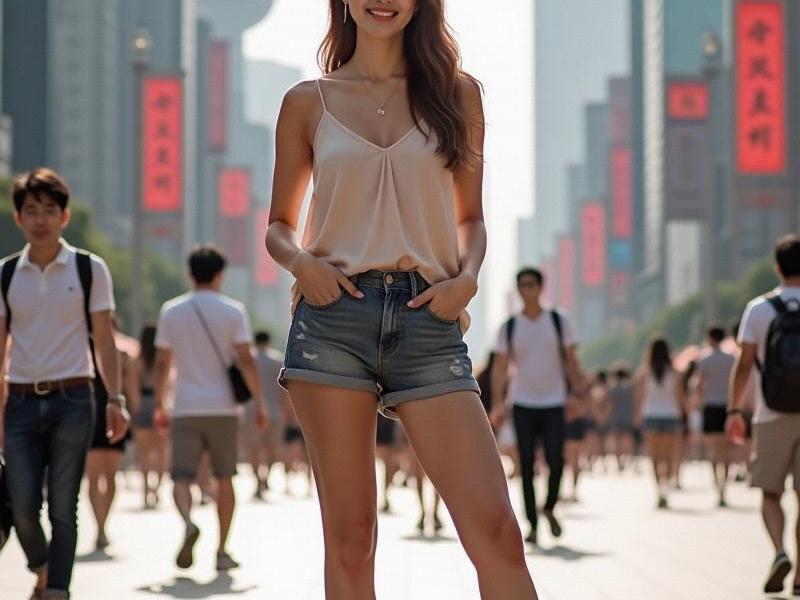
The scent of oil paint mingles with the aroma of freshly brewed Yunnan coffee in Shanghai's rejuvenated M50 art district, where 73-year-old calligrapher Master Wu collaborates with augmented reality artists on installations that make ink brush strokes dance across gallery walls. This unlikely partnership symbolizes Shanghai's cultural metamorphosis - a city once known primarily for finance and skyscrapers now emerging as Asia's most dynamic creative hub.
Shanghai's Cultural Revival by the Numbers:
• 42% increase in cultural/creative enterprises since 2022
• 18 historic neighborhoods adaptively reused as cultural spaces
• Creative sector contributes 9.3% to municipal GDP (surpassing banking)
• 28 new artist residency programs across Yangtze Delta cities
Three Pillars of the Renaissance:
1. The Industrial Heritage Movement
上海龙凤419体验 - Former factory complexes transformed into cultural landmarks
- Case study: How the Long Museum sparked the West Bund arts corridor
- Regional impact: Similar transformations in Wuxi and Ningbo
2. The New Traditionalists
- Young Shanghainese reviving qipao fashion with modern twists
- "Jazz Jiangnan" movement blending regional folk music with improvisation
- Food innovators creating molecular interpretations of Benbang cuisine
上海贵人论坛 3. The Delta Creative Network
- Shanghai Design Week now featuring 40% regional participants
- Cross-city cultural passes boosting weekend tourism
- Shared artist databases connecting talent across municipal boundaries
Controversies and Challenges:
- Gentrification displacing original communities
- Debates over "authentic" versus commercialized culture
- Intellectual property concerns in collaborative projects
上海花千坊龙凤 - Maintaining regional distinctiveness amid integration
[Article continues with:
- Profile of the "Huangpu River School" of contemporary artists
- Analysis of government cultural policies
- Comparison with London and Berlin's creative economies
- Emerging trends in digital cultural consumption
- The role of international cultural exchanges]
